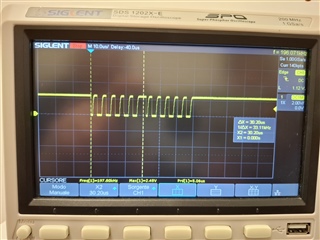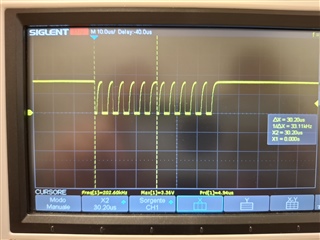Tool/software:
Hello,
we are mounting the BQ27421-G1 on a wearable device, running on a STM32F7 processor.
Approximately on 1 device out of 10, the communication with the chip is not working.
What happens is that the call
HAL_I2C_IsDeviceReady(&_hi2c, (ADDRESS << 1), 3, timeout)
returns HAL_ERROR.
Suspecting an invalid state of the inner state machine of the chip, we also implemented a manual recovery routine, which essentially outputs a series of pulses on the clock pin of the i2c: alas, it didn't work.
Sometimes (but not always) leaving the device without battery for a while solves the problem, but I am worried that the problem might rise again, when the device is on the field.
Any hint or suggestion?
Thanks a lot to anyone providing any help on the matter.
Alessandro



